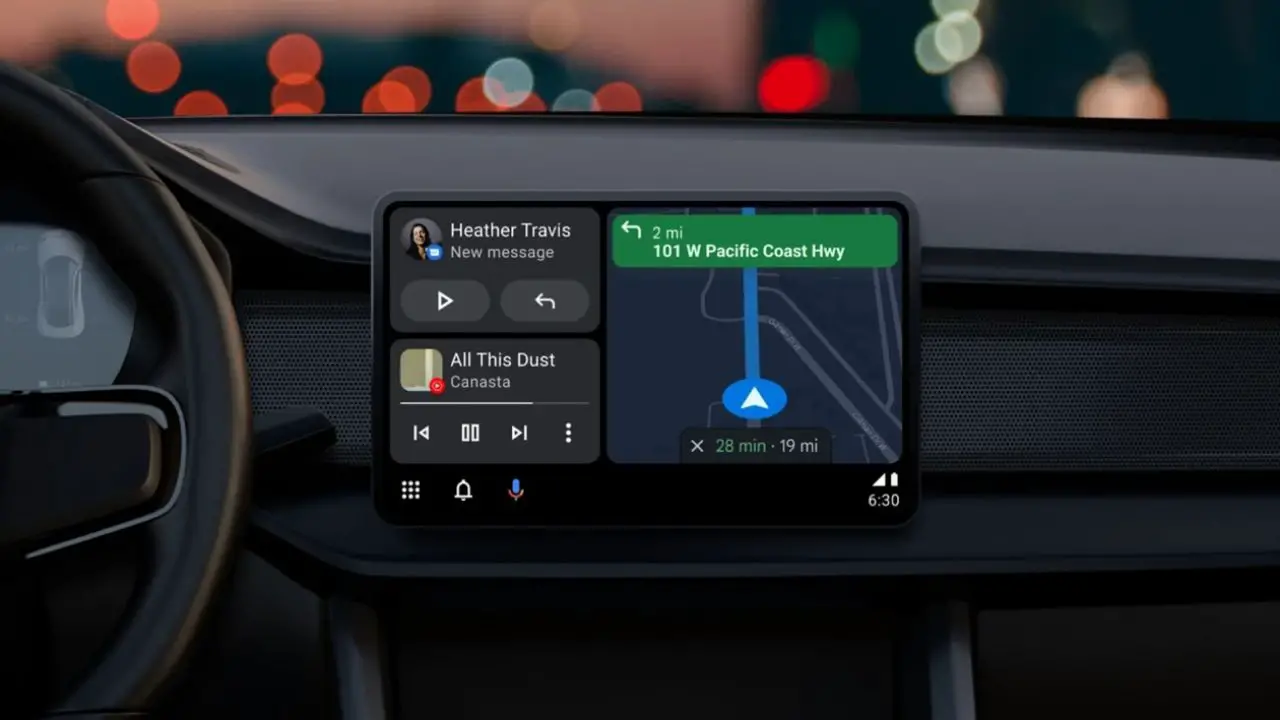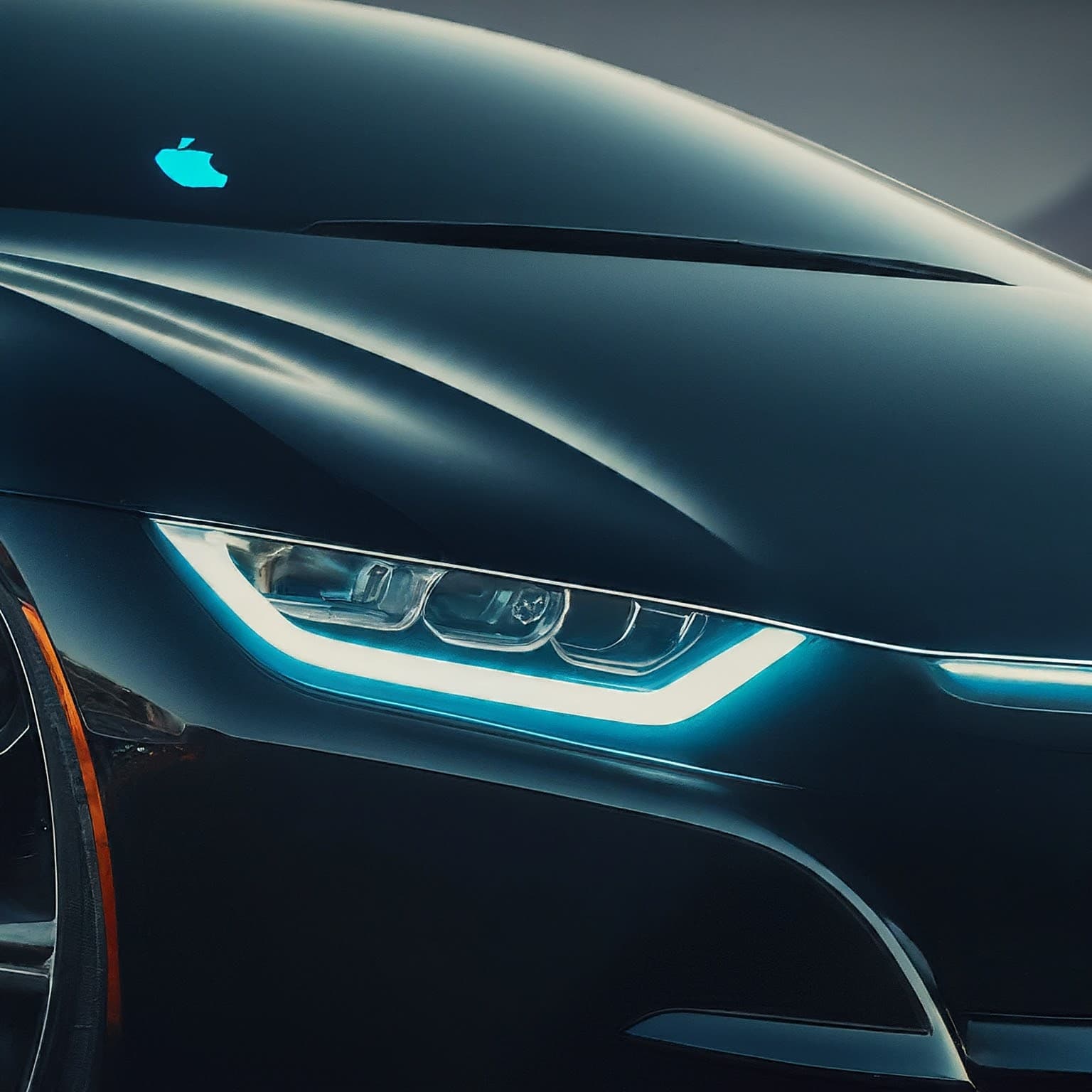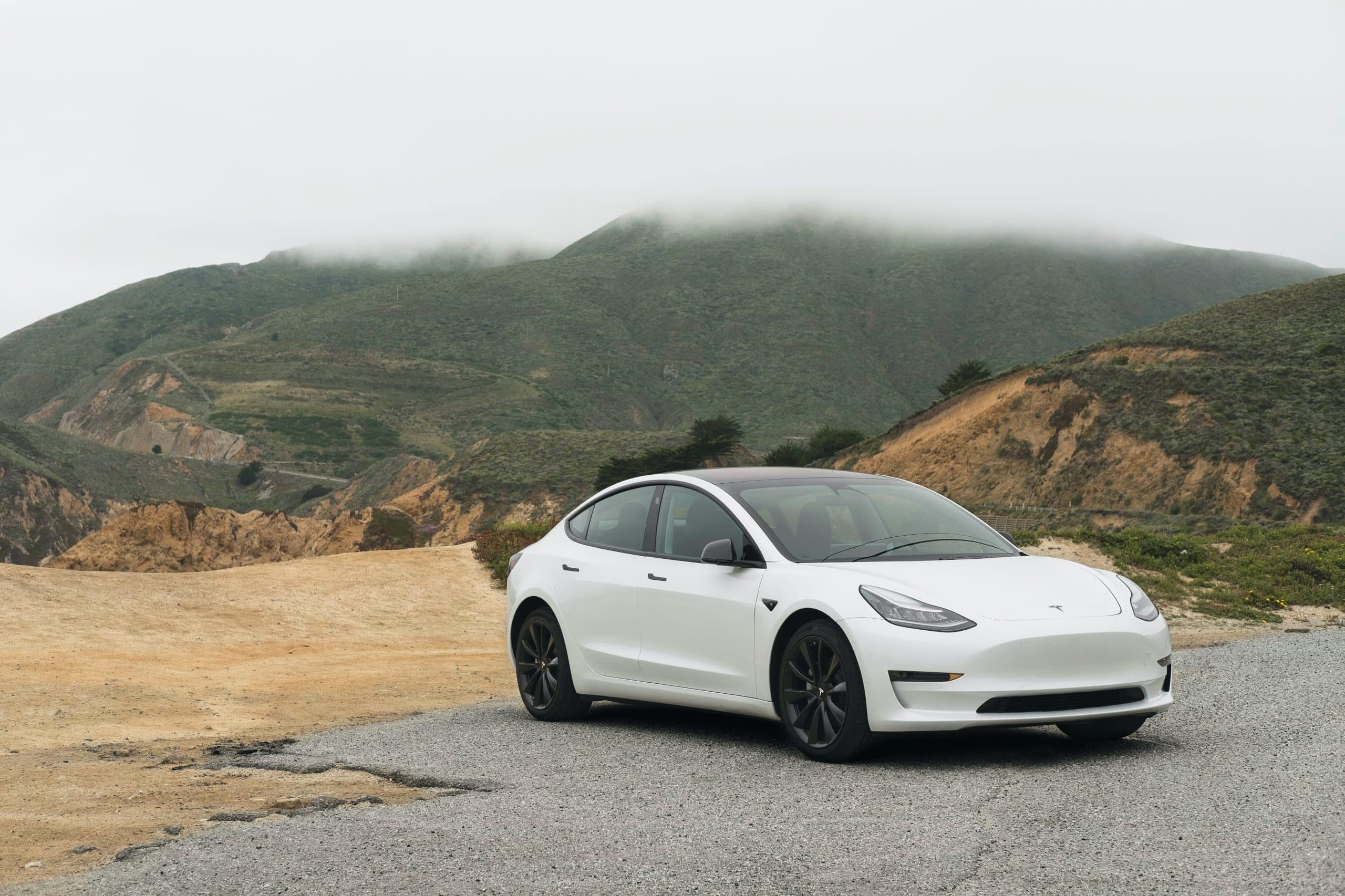
Charging a Tesla or BYD car is no longer a challenge as some critics used to argue. There are various convenient ways how to charge an electric car if your Condo or apartment complex has no EV charging station. And one of these ways include making use of the regular 120V or 240V household outlet at your place.
Of course, homeowners living in (or own) a single-family home are the most with an electric vehicle (EV) in their garage. At a single-family home, it’s usually possible to install even the fast “Level 2” EV charger that can charge your car quickly.
However, during the last census, the Australian Bureau of Statistics noted that over 2 million Australians live in apartments. And with the rising popularity of EVs, thanks to their environmental benefits and lower fuel costs, many of these apartment dwellers may be skeptical about buying one.
Every Rental Building Should Have an EV Charger Now
As I’ve just mentioned, more and more people are getting EVs here in the country – and across the globe. So, every rental building, whether for business or residence, should now have a dedicated EV charging station for the occupants.
But the building’s EV charger shouldn’t be just any type. It should be a charging station that every occupant can count on whenever in need. And this would mean the charging station should:
Have Enough Power Output and Charging Speed
A good EV charger for a public building should have a high wattage, either Level 2 or DC Fast Charging. The fast charger will make sure renters can charge their electric cars rapidly and give others a chance to juice theirs as well.
For instance, a Level 2 fast charger (on a 240V outlet) can charge an EV from empty to 80% in 4 – 10 hours. In comparison, Level 1 EV charging equipment can take up to 40 or even 50+ hours to charge from empty to 80% full.
Direct current fast charging equipment is the most convenient EV charger if available. It usually charges most EVs to 80% between 20 minutes to 1 hour. But again, an EV owner must make sure his or her car is compatible with these rapid-charging voltages.
Moreover, any EV charger for the public should have adjustable charging speeds to match all cars’ needs. It will also help make sure the total output matches the electrical capacity of the building and prevent overloading issues.
Compatible with All Electric Vehicles
Besides the voltage compatibility, an EV charger for the public should have a universal charging connector. The charger should also be compatible with even the Tesla vehicles and others that may have a proprietary charging system.
Have Built-in Safety Protections
Any good EV charger should have built-in safety protection mechanisms to prevent damage to the car and building electricals. Some examples of these safety mechanisms are those to protect against over-voltage, over-current, short-circuiting, and grounding issues.
The electric vehicle charger should also be a quality brand that has passed the necessary electrical safety standards.
Easy to use for Everyone
A good electric vehicle charger for the public should have a simple, intuitive interface that everyone can use. It should be easy to start and stop charging (or check the charging status) without the need for a manual.
Reach Every Parking Spot
Any good electric vehicle charger should have a long charging cable. The long charging cable ensures all the owners of an EV can charge their cars from any parking spot.
Further, the charger could have some kind of cable management system (like a cable holder or reel). It is not a must-have feature, but it ensures the cable remains tidy and safe from damage.
Have a Futureproof Design
Technology is evolving at every crack of the dawn. So, any EV charging equipment at a public building should be future-proof. What this means is that the charger should have upgradable firmware to support newer EVs.
An upgradable firmware will also ensure the charger can update to the latest protocols or get additional smart features to enhance the overall charging experience.
Moreover, it would be great for the EV charger in a residence or business building to support charging multiple vehicles. In this way, the families with multiple EVs or even neighbors can charge their cars simultaneously or in sequence when needed.
Note:
An EV charger can also have smart features like Wi-Fi or Bluetooth Connectivity. They aren’t necessary features, but they can help EV owners monitor the charging status and start or stop the charger remotely.
Have Heavy-Duty Construction
Last but not least, a good EV charger should have a well-made design, with a premium build. The charger should have premium materials that will last long even under constant use and exposure to harsh environmental conditions – dust, water, extreme temperature, et cetera. In other words, it should have the highest NEMA rating possible.
How to Charge an Electric Car if Your Apartment or Condo Has No EV Charger
Now, let’s go through the eight ways how to charge your car if your building has no dedicated EV charger. The options are also great solutions if the current charger of your apartment complex isn’t compatible with your car or meets the standards I’ve stated above.
Optional 1: Charge Your Electric Car at the Nearby Public Charging Station
The first way you can charge an electric car if your apartment has no EV charger is by using a dedicated public charging station.
Australia has more than 2,000 EV charging stations – New South Wales has nearly 500 sites accessible to the general public. The state also has the most Tesla Supercharging stations, and so are the Jolt’s charging sites.
Other states also have many EV charging sites across different locations. The Level 2 Charging equipment (offers 20-30 miles charge range per hour) is the most common – including in public parking lots and shopping malls.
DC Fast Charging, which can add some vehicles up to 200 miles in 15 minutes, is quite expensive to install. Hence, there are not many, with some places requiring you to drive for miles to access one.
Note:
To check the nearest electric charger in your area, you can use a platform like PlugShare, which is free. The app not only shows all the charging stations in your current location, but also the type it is. That’s, you get to know if the EV charger is Lever 2 or DC Fast charging.
Optional 2: Request an EV Charging Installation in Your Block
The second solution if your apartment has no EV charger will be asking the property manager to install one. Some property owners understand and recognize the need to accommodate EVs in their buildings. So, they may be waiting for someone to bring it up.
I would recommend passing this request to the property owner alongside other tenants to push on the delivery. Otherwise, a difficult landlord may be reluctant if it’s just you asking for the EV charger to be installed.
Option 3: Install Your Own Dedicated EV Charging Solution
If the management fails to provide an EV charger for the building, you can install one at your dedicated parking spot. Unfortunately, you will have to work closely with the property manager to get the green light. So, be nice.
You will also need to work with an experienced electrician to confirm the electrical capacity of the building can support your EV charger. The electrician will also give you the installation cost, which can be high, depending on the distance from the electrical panel.
Note: Various governments are passing laws that prevent property owners and homeowner associations from denying renters the right to install EV chargers. Such a law means you can install your electric car charger provided it meets the requirements.
Option 4: Get a Portable Electric Car Charger
If you don’t have your own parking space (like most of us), a portable electric car charger may come in handy. An example is a Level 1 or Level 2 EV charger that can plug into the standard 240V or 120V outlet.
Sure, Level 1 charging equipment on the standard household outlet will charge your EV very slowly. But it will still be a viable alternative when with time to wait – like during the weekend. Or at least charge enough miles range to get you to the next Level 2 or DC Fast Charging station.
Tip: A Level 1 portable EV charger adds around 3-5 miles of range per hour. Then, a Level 2 portable charging equipment (on a 240V outlet) can add 20-30 miles of range per hour.
Another positive of portable EV chargers is that they’re usually plug-and-play in design. Some models won’t require hardwiring, meaning you can just plug into an existing household outlet.
Remember, you’ll still need access to a power outlet in your building and management permission to lay EV infrastructure. So, get in touch with the property manager or owner to initiate a conversation.
Option 5: Charge Your Electric Car at the Workplace
Various companies now have EV charging stations at their buildings, which are as convenient as a home charger. So, you can park your car at the site and leave it charging while carrying on with your work.
If the workplace EV charger is fast charging, your vehicle should be fully charged by the time you’re checking out. The best part of all, charging here can be free or at a low cost. Thus, reducing your overall transport expense.
Option 6: Get Help from a Friend with a Cyber Truck
One of the super-cool features of the Tesla Cybertruck is that you can charge other electric vehicles. So, you could call a friend with a Cybertruck to boost up the battery of your EV when it’s low.
If your friend has installed a charger at home, you could also communicate with him/ her about charging your car there. The friend may offer to help charge your vehicle for free. But it would be a good gesture to chip in something.
After all, that home EV charger usually costs several thousands of dollars to buy or install. The monthly electricity bill will also climb up by some jolts when your EV joins in for regular juicing.
Option 7: Partner with a Local Business to Charge Your Electric Car
Some local businesses and parking garages with electric car chargers tend to offer charging services to interested nearby residents. Hence, you can approach whoever is near your apartment complex and make a deal at a monthly or annual fee.
Fortunately, partnering with local businesses to charge your electric car at their place means that you’ll always have access to the charger.
Note: Besides businesses, some homeowners and gated communities may have EV charging equipment. Thus, you could have a charging agreement with the closest neighbor before your landlord installs one.
Drive on Gas While Your EV Charges
The seven above are the best solutions so far on how to charge your electric car if your apartment has no EV charger. One or two options will certainly work out for you – for instance, partnering with a nearby business or charging at your workplace.
As more and more people get electric vehicles, governments and private investors will definitely expand EV charging infrastructure. Hence, making it easier for everyone to recharge their cars near their home, just like with the traditional (gas) vehicles.
Speaking of gas vehicles, some car services do offer swap deals where you can switch between the two based on your needs.
For instance, you can leave with one of the company’s gas-powered cars while your EV remains there charging. And this means you’ll always have a full-charged EV even when your apartment or condominium has no dedicated charging stations.






